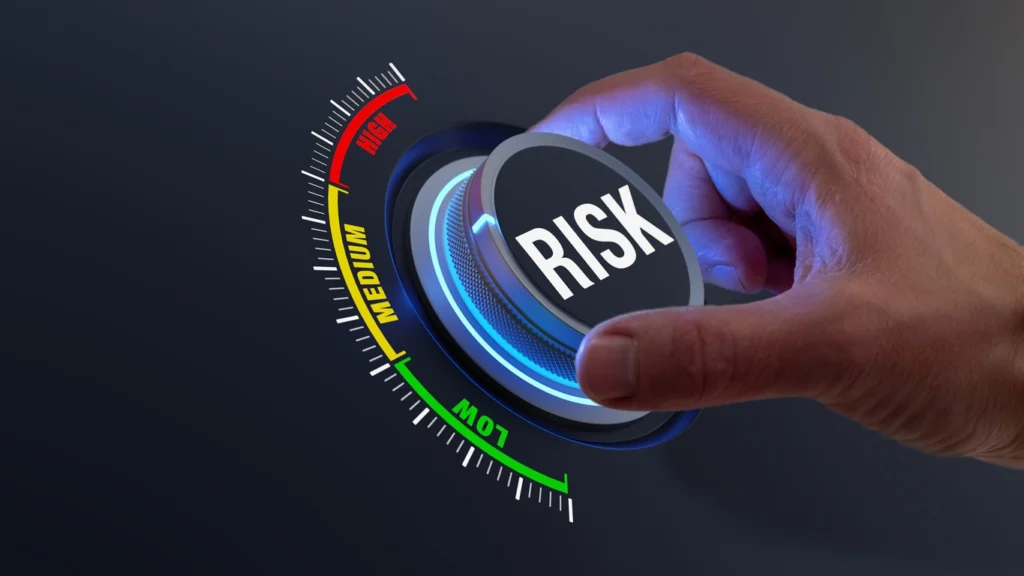Environmental Impact Assessment (EIA) is a powerful tool that helps make development projects more sustainable. Similar to a Phase I ESA, it ensures potential environmental and social consequences are carefully considered before a project moves forward. If you’re a developer, a concerned citizen, or simply curious about how we protect our planet, this guide is for you.

What is an Environmental Impact Assessment, and Why Does it Matter?
An EIA is a systematic process used to identify, predict, and evaluate the potential environmental and social impacts of a proposed project. Think of it as a thorough environmental checkup for anything from a new highway to a mining operation. environmental impact assessments are vital because they:
- Protect the Environment: By identifying potential harms early on, EIAs help to prevent or minimize damage to ecosystems, biodiversity, and natural resources.
- Promote Social Responsibility: EIAs consider how projects might affect communities, ensuring that local voices are heard and potential negative impacts are addressed.
- Support Smart Decision-Making: Armed with environmental impact assessment insights, decision-makers can balance environmental and social concerns with economic development aims, leading to more sustainable and responsible outcomes.
The Environmental Impact Assessment Process: A Step-by-Step Guide
While the specifics vary slightly from country to country, here’s a breakdown of the key stages in an EIA:
- Screening: This is where authorities determine if a project even needs to undergo a full EIA based on the potential severity of its impacts.
- Scoping: If an EIA is required, the focus is narrowed down, outlining specific issues like air quality, water pollution, and community disruption that need in-depth analysis.
- Data Collection & Analysis: Experts gather data using scientific methods, from conducting field surveys to modeling potential scenarios.
- Impact Prediction & Mitigation: The collected data is used to predict how the project would affect the environment. This is also the stage where solutions are developed to lessen or prevent negative impacts.
- Report Preparation: All findings are compiled into a comprehensive document, written in clear language that explains the predicted impacts and proposed mitigation measures.
- Review & Consultation: The environmental impact assessment report is made available to the public, stakeholders, and relevant agencies for feedback and scrutiny.
- Decision-Making: The authority responsible for project approval takes the EIA findings into account along with other factors before making a final decision.

EIA Best Practices: Tips for Success
To get the most out of an environmental impact assessment process, consider these principles:
- Start Early: Integrate EIA thinking from the very beginning of project planning for smoother integration and better long-term outcomes.
- Meaningful Public Participation: Engage with affected communities. Their insights can lead to more equitable and acceptable solutions.
- Accountability: Projects need robust follow-up after approval to ensure promises made in the EIA are actually implemented.
Careers in EIA
- EIA Consultants: These experts guide developers through the environmental impact assessment process. They conduct environmental studies, analyze data, prepare EIA reports, and advise on mitigation strategies. Skills needed include strong scientific knowledge, excellent communication, and the ability to manage complex projects.
- Environmental Scientists: These professionals are the backbone of EIA data collection and analysis. They may specialize in areas like ecology, water quality, air pollution, or social impact assessment. Their work involves fieldwork, laboratory analysis, and using modeling tools to predict environmental changes.
- Regulatory Specialists: These individuals possess in-depth understanding of environmental laws and EIA regulations. They work within government agencies to review environmental impact assessment reports, ensure compliance with standards, and play a role in project approval decisions. Familiarity with legal concepts and strong analytical skills are essential.
- Community Engagement Professionals: Effective EIAs rely on meaningful public participation. These professionals act as the bridge between project developers and affected communities. They design inclusive consultation processes, facilitate dialogue, and help ensure community concerns are heard and addressed. Communication skills, conflict resolution, and cultural sensitivity are vital for this role.
Where to Learn More and Develop Your EIA Career:
- The International Association for Impact Assessment (IAIA): A leading global network of environmental impact assessment professionals. They offer conferences, training courses, publications, and valuable resources.
- University Programs: Many universities offer degrees or specialized courses in environmental science, environmental management, or impact assessment. These provide the scientific and policy foundation needed for EIA work.
- Professional Certifications: Certifications like the Certified Environmental Professional (CEP) demonstrate your competence and can boost your career prospects.
- Networking & Mentorship: Connect with professionals in the EIA field through industry associations or online platforms like LinkedIn. Experienced individuals can be a valuable source of guidance and career insights.

Glossary of Key EIA Terms
- Alternatives Analysis: A core part of the environmental impact assessment process where different ways of achieving the project’s objectives are considered. Options might include different locations, designs, or technologies. The aim is to find the approach with the least environmental harm.
- Baseline Data: Information about existing environmental conditions before a project starts. This serves as a reference point against which to measure the project’s potential impacts.
- Cumulative Impacts: The combined effects of a project along with other past, present, and foreseeable activities. This ensures the EIA doesn’t underestimate a project’s true environmental burden.
- Environmental Management Plan (EMP): A detailed document outlining how a project will implement mitigation measures, manage its environmental impacts, and monitor its performance.
- Mitigation: Actions taken to reduce or eliminate negative environmental impacts. This is the heart of proactive environmental management in EIAs.
- Significant Impact: A key threshold in environmental impact assessment. This refers to an impact that, due to its magnitude, severity, or sensitivity of the affected area, is considered important enough to warrant modification or even rejection of the project proposal.
- Stakeholder: Any individual, group, or organization that has an interest in or may be affected by the proposed project and its outcomes.
- Terms of Reference (TOR): An outline agreed upon at the start of an EIA that defines the scope of work, specific issues to be examined, methodologies, and timelines for the study.
Frequently Asked Questions About Environmental Impact Assessment
Can smaller projects skip the EIA process?
Yes, many countries have screening processes to determine if a project’s size or potential impacts warrant a full EIA. Smaller projects with negligible environmental risks might be exempt or only require a simplified environmental assessment. However, the specific thresholds for what requires an EIA vary between jurisdictions.
How is the public involved in the EIA process?
Public participation is often a legal requirement in EIAs. Key stages typically involve: making the environmental impact assessment report publicly available, holding consultations to gather feedback from communities, and providing mechanisms for stakeholders to raise concerns throughout the process. The level of participation can vary, with well-designed processes aiming for active engagement, not just passive notification.
What happens if a project is predicted to have significant negative impacts?
If an EIA identifies major unresolvable impacts, the project might be redesigned to minimize harm, or in some cases, it could be rejected entirely. The decision ultimately rests with the regulatory authority, who weighs environmental considerations alongside other factors. Mitigation strategies are often emphasized to reduce the harm as much as possible.
How does climate change factor into environmental impact assessments?
Increasingly, EIAs must assess a project’s greenhouse gas emissions and contribution to climate change impacts. They also need to consider how the project itself might be vulnerable to the effects of climate change (flooding, extreme weather, etc.) and how these risks can be managed to ensure the project’s long-term resilience.
Are there common criticisms of Environmental Impact Assessment processes?
Yes, some criticisms include that EIAs can be time-consuming and costly, that they can sometimes be seen as a mere bureaucratic hurdle rather than a meaningful tool, and that there can be concerns about potential bias or influence from powerful stakeholders. Efforts are ongoing to address these challenges and continuously improve EIA practice.